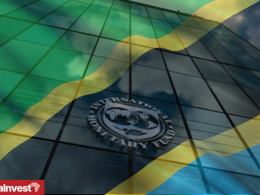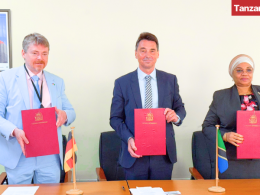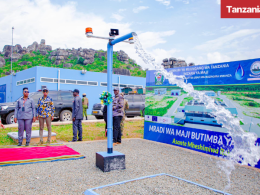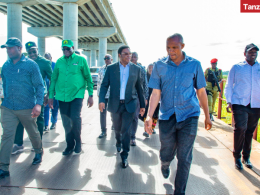The World Bank (WB), through the International Development Association (IDA), approved on 26th June 2018 a loan of USD 350 million to improve water supply and sanitation services in rural Tanzania.
The funding, comprised in the Sustainable Rural Water Supply and Sanitation Program-for-Results, will be used to connect more than three million Tanzanians in rural areas to safe water supply, while another four million people will gain access to improved sanitation.
Bella Bird, World Bank Country Director for Tanzania, Malawi, Burundi, and Somalia commented: “The quality and strength of Tanzania’s human capital is critical, especially as it aspires to become a middle-income country. There is a strong relationship between water and sanitation access and improved child health outcomes, which is critical for productivity and learning, particularly for girls whose school completion rates are lagging.”
The WB reminds that in Tanzania chronic undernutrition affects one in three children (2.7 million children) and is linked to poor sanitation. Only 11% of rural Tanzanians have access to an improved toilet, only 50% of public schools in rural areas have the required number of toilets, and only 43% with functional handwashing stations.
“Under this new World Bank program, activities will be strategically designed to enhance the capacity of the national, regional, and local governments to monitor, ensure quality and improve and sustain water service delivery,” said Kristoffer Welsien, World Bank co-Task Team Leader for the Program.
Tanzania Water Resources and Sanitation Services
According to the Food and Agriculture Organisation (FAO), in 2008 Tanzania had 96.27 km3 of renewable water resources per year.
This corresponds to 2,266 m3 per person and year. Water resources are however distributed unevenly – both in time and space.
Slightly more than half the population of Tanzania is estimated to have access to an improved water source, with stark differences between urban areas (about 79% in 2010) and rural areas (about 44% in 2010).
According to The National Household Budget Surveys, in 2007, 93% of Tanzanians had some form of latrine, but only 3% had a flush toilet.
The provision of water supply and sanitation services in Tanzania is carried out by the Water Supply and Sanitation Authorities (WSSAs) which are responsible for management of water supply and sanitation services mostly in urban areas, and the Community Owned Water Supply Organisations (COWSOs) in rural areas.










